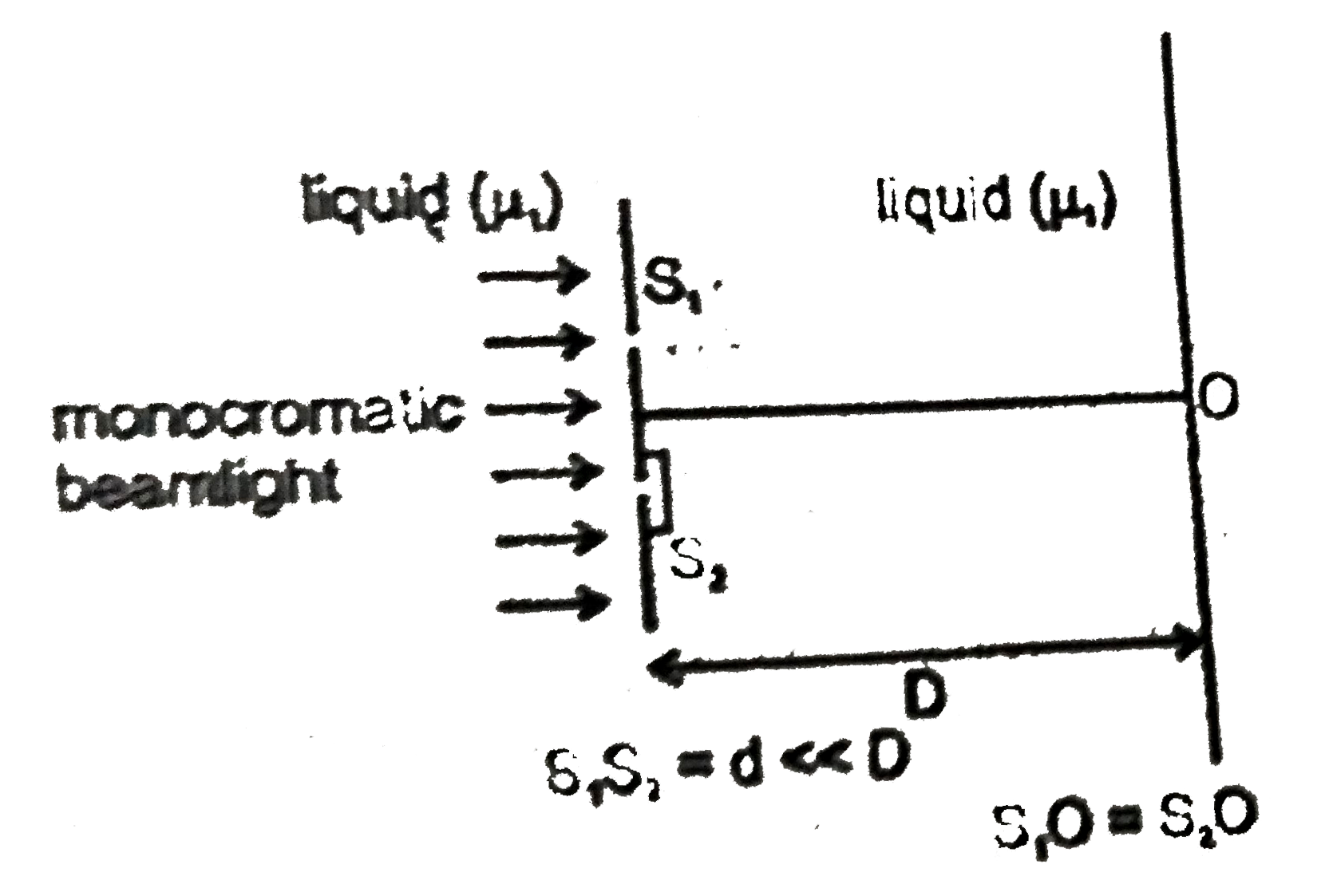State optical path and optical path difference.
Step-by-Step Text Solution:
1. Definition of Optical Path:
- The optical path is defined as the trajectory or path that light rays follow as they propagate through an optical medium. It represents the distance light travels in a medium, taking into account the refractive index of that medium.
2. Explanation of Trajectory:
- The term "trajectory" refers to the specific path taken by light rays. When light travels through different media, its speed changes based on the refractive index of those media. The optical path effectively combines the physical distance traveled by the light with the refractive index of the medium.
3. Definition of Optical Path Difference (OPD):
- The optical path difference is defined as the difference in the optical paths traveled by two light rays originating from the same point but traveling through different media. It is often referred to as the phase shift between the two rays.
4. Relative Path Difference:
- The optical path difference can be considered a relative path difference, which indicates how much further one ray has traveled compared to another ray. This difference can lead to interference effects when the two rays are combined.
5. Example Illustration:
- For instance, consider two rays of light emanating from the same object point. If one ray travels through medium with refractive index μ1 and the other through medium with refractive index μ2, the optical path difference can be calculated based on the distances traveled in each medium and their respective refractive indices.
Summary:
- Optical Path: The path followed by light rays in an optical medium, considering the refractive index.
- Optical Path Difference: The difference in optical paths traveled by two rays from the same point through different media.
---
- The optical path is defined as the trajectory or path that light rays follow as they propagate through an optical medium. It represents the distance light travels in a medium, taking into account the refractive index of that medium.
- The term "trajectory" refers to the specific path taken by light rays. When light travels through different media, its speed changes based on the refractive index of those media. The optical path effectively combines the physical distance traveled by the light with the refractive index of the medium.
- The optical path difference is defined as the difference in the optical paths traveled by two light rays originating from the same point but traveling through different media. It is often referred to as the phase shift between the two rays.
- The optical path difference can be considered a relative path difference, which indicates how much further one ray has traveled compared to another ray. This difference can lead to interference effects when the two rays are combined.
- For instance, consider two rays of light emanating from the same object point. If one ray travels through medium with refractive index μ1 and the other through medium with refractive index μ2, the optical path difference can be calculated based on the distances traveled in each medium and their respective refractive indices.
- Optical Path: The path followed by light rays in an optical medium, considering the refractive index.
- Optical Path Difference: The difference in optical paths traveled by two rays from the same point through different media.
Topper's Solved these Questions
- RAY OPTICSBOOK - AAKASH SERIESCHAPTER - RAY OPTICSEXERCISE - EXERCISE (VERY SHORT ANSWER QUESTIONS )
53 Videos
- RAY OPTICSBOOK - AAKASH SERIESCHAPTER - RAY OPTICSEXERCISE - PROBLEMS ( LEVEL-I)
57 Videos
- RAY OPTICSBOOK - AAKASH SERIESCHAPTER - RAY OPTICSEXERCISE - EXERCISE (LONG ANSWER QUESTIONS )
9 Videos
- PRACTICAL PHYSICSBOOK - AAKASH SERIESCHAPTER - PRACTICAL PHYSICSEXERCISE - LECTURE SHEET LEVEL-II (ADVANCED) Linked Comprehension Type Questions
4 Videos
- SEMICONDUCTOR DEVICESBOOK - AAKASH SERIESCHAPTER - SEMICONDUCTOR DEVICESEXERCISE - EXERCISE - III
3 Videos
Similar Questions
For path A→B optical path is
_2019_CBT5_E01_054_Q01.png)
View SolutionA call is connected between the point A and C of a circular conductor ABCD of centre O with angle AOC=60∘ . If B1 and B2 are the magnitudes of the magnetic field at O due ti the currents In ADC respectively, the ratio B1B2 is

View SolutionStatement-1: In YDSE central maxima means the maxima formed with zero optical path difference. It may be formed anywhere on the screen.
Statement-2: In an interference pattern, whatever energy disappears at the minimum, appear at the maximum.
View SolutionYoung's double slit experiment is conducted in a liquid of refractive index μ1 as shown in figure. A thin transparent slab of refractive index μ2 is placed in front of the slit s2. The magnitude of optical path difference at 'O' is

View SolutionHow is the optical rotation of an optically active compound measured and how is it expressed ?
View Solution(A) In a progressive wave, the phase diffe rence between two particles of a medium having a path difference λ is 2π
(R): The phase difference is directly propor tional to path difference between particles in progressive wave
View SolutionIn Young's double slit experiment, the intensity on the screen at a point where path difference is λ is K. What will be the intensity at the point where path difference is λ/4?
View SolutionPhysical density and optical density
View SolutionWhat is optical rotation ?
View SolutionWhat is optical activity ?
View Solution
